He had two older sisters.
At some point along the way his family began calling him Boy.
Boy Mould came of age during the Great Depression.

Tens of thousands of Allied aviators fought during World War II, with many paying the ultimate price. Our legacy of freedom came at a tremendous cost.
This global economic cataclysm affected everyone on the planet to one degree or another.
Seaman Mould adapted well to military life.
He was an athletic young man with an admirable work ethic and a quick smile.
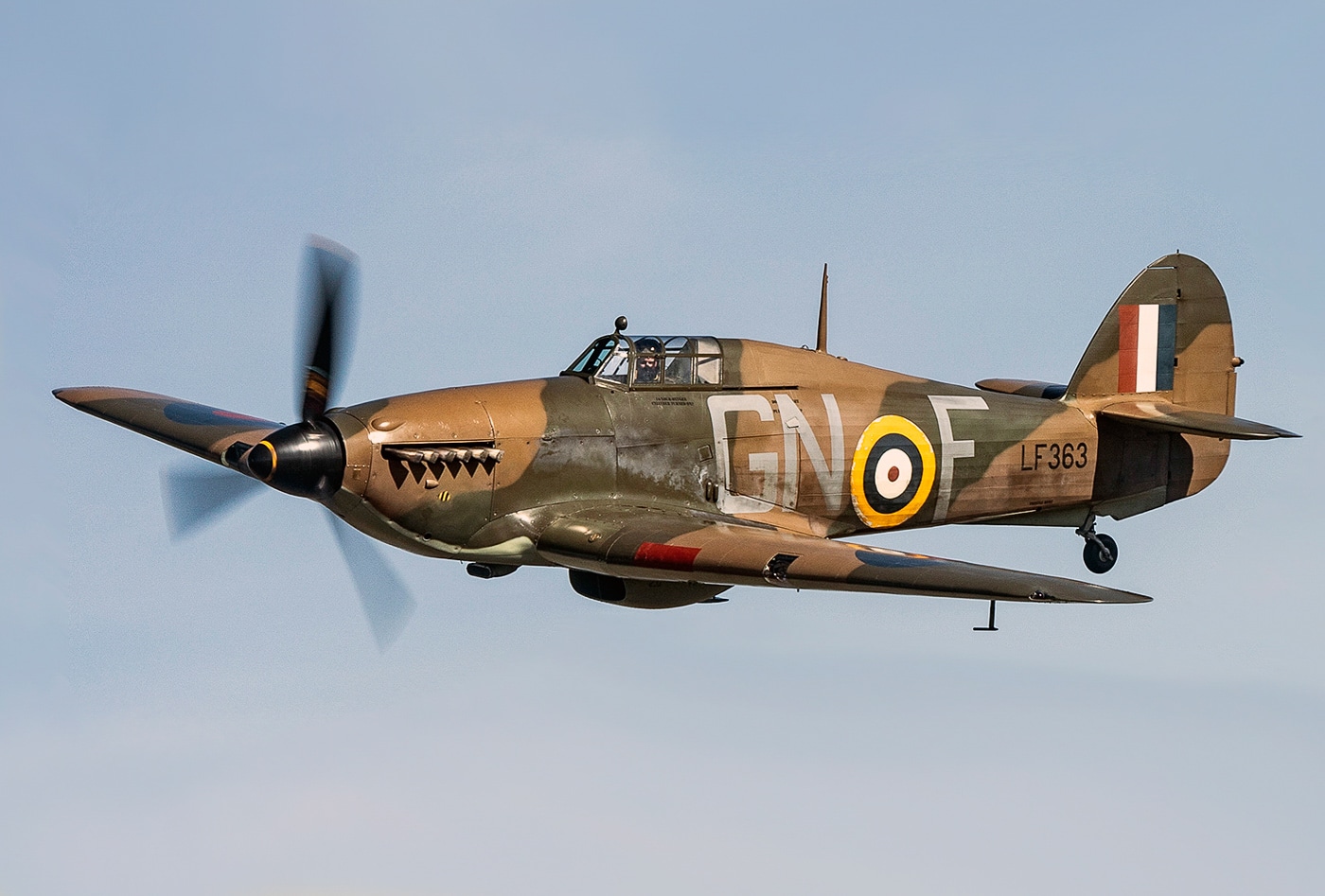
The Hawker Hurricane was not the prettiest English fighter aircraft of the Battle of Britain, but it was the most effective. Photo: Cpl Phil Major/RAF
At 21 years old, Boy Mould was about to become a pilot.
With each passing year, airplanes got faster and more powerful.
Boy Mould graduated as a Pilot Officer in 1939 and trained to fly Hawker Hurricanes.
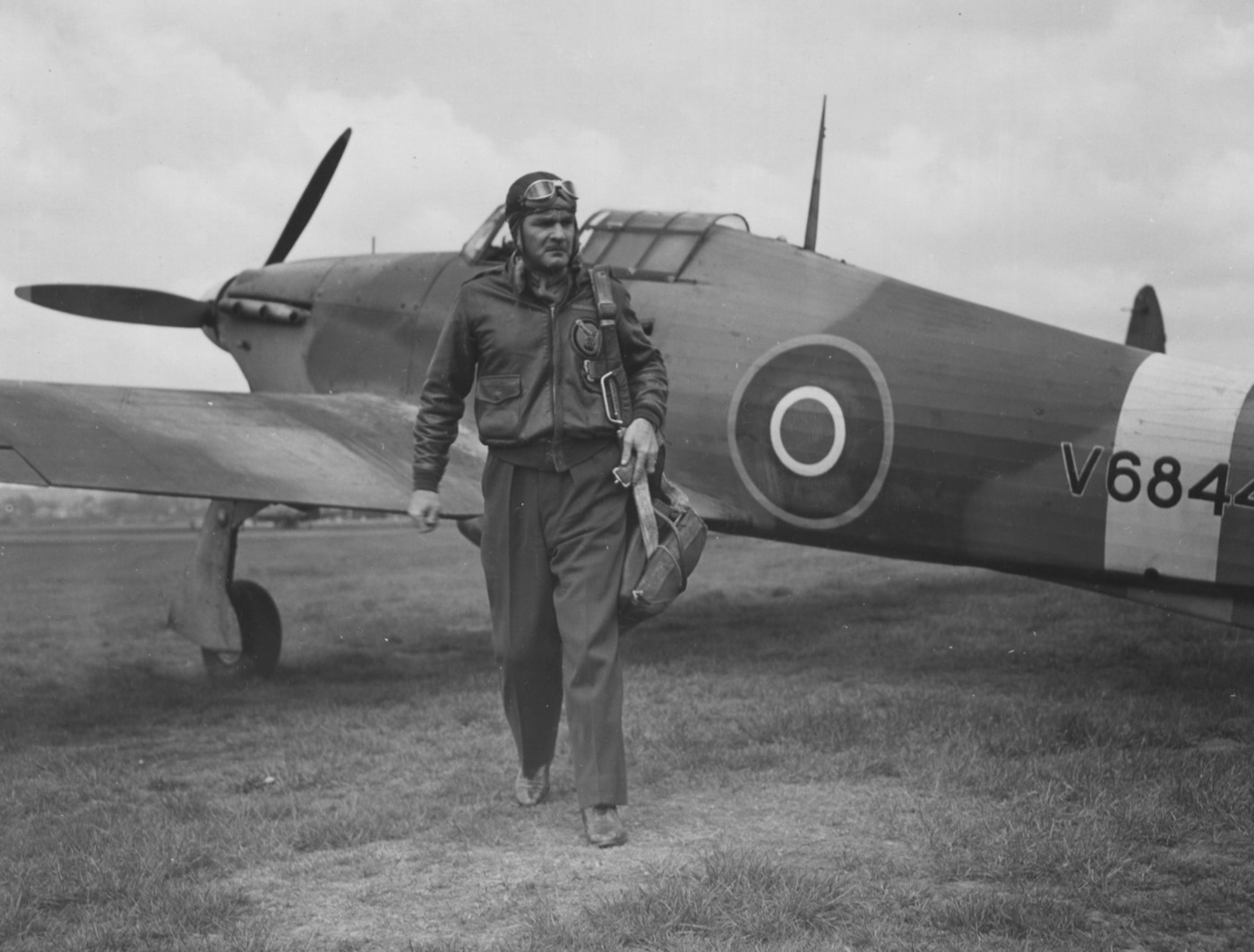
Col L.B. Hillsinger stands next to his Hawker Hurricane — one of three loaned to the U.S. 8th Air Force. He was the first U.S.A.A.F. officer to return to active fighter pilot duty after losing a limb. Photo: NARA
He was part of an elite cadre of trained pilots who were operational at the outset of war.
His first assignment was No.
1 Squadron at Tangmere.
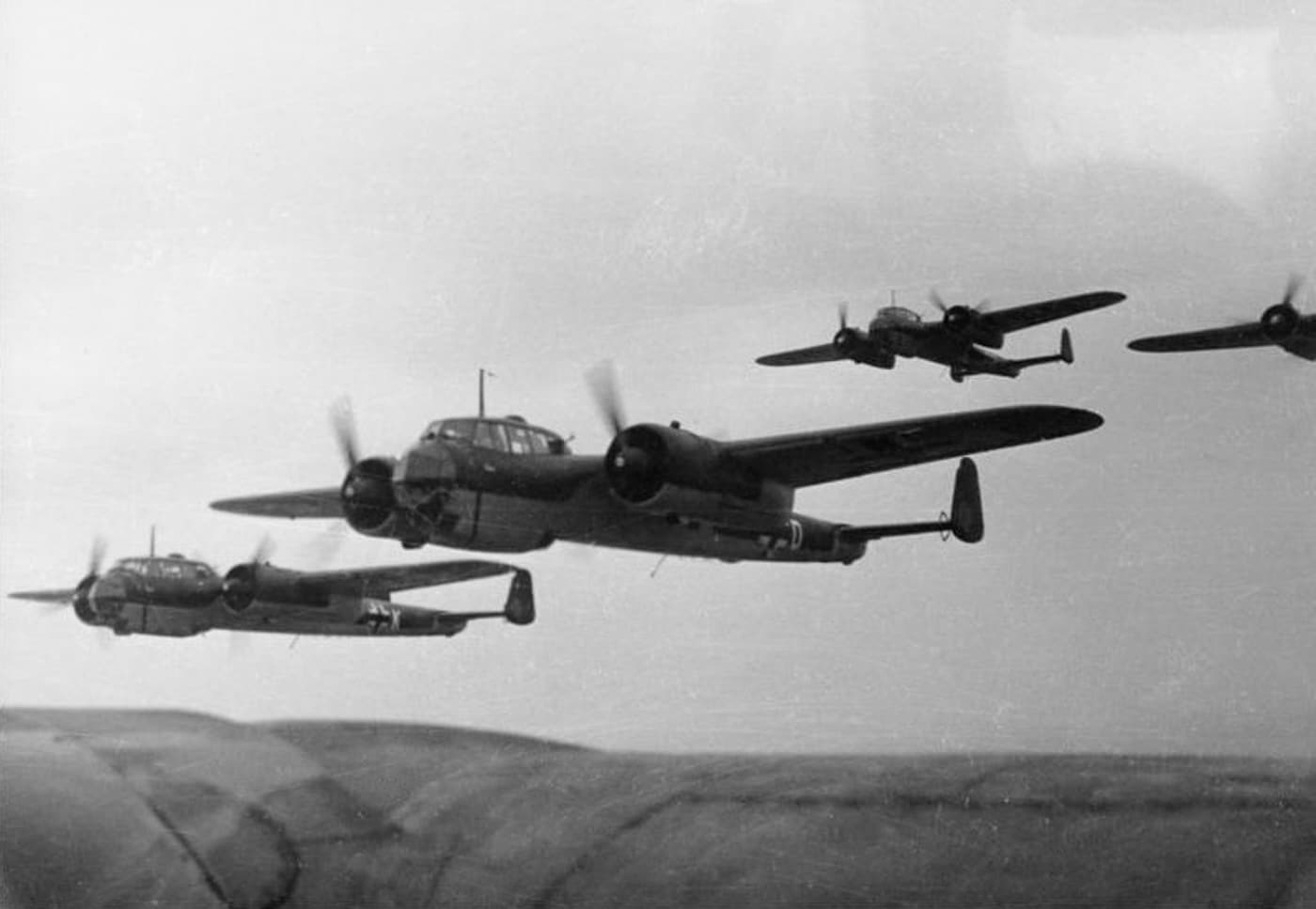
A Dornier Do 17 similar to these was the first Luftwaffe plane downed by the RAF during World War II. Photo: Bundesarchiv
Boy and his buddies were full of fire and vinegar, ready to take the fight to the Boche.
Balanced against such seemingly unstoppable force stood No.
1 Squadron along with a few others.
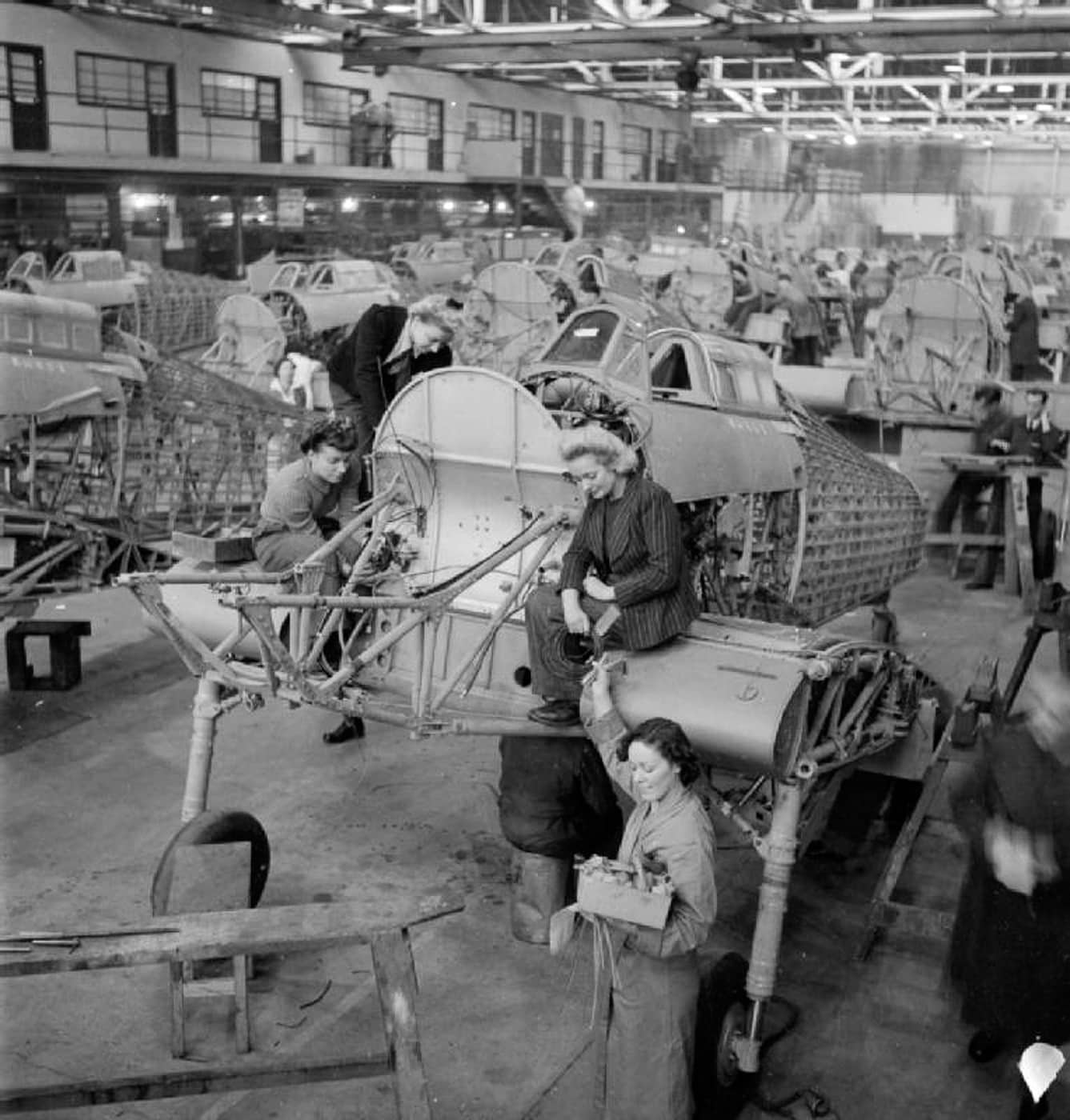
The Hurricane was designed to be easily produced en masse and readily maintained in the field. Image courtesy of author.
Heralded by Goebbels propaganda and some legitimately terrifying combat capabilities, the vaunted German Luftwaffe seemed invincible.
He spotted movement in the sky and advanced the throttle on his Merlin II engine to the stops.
The enemy plane was a Dornier Do 17P Schnellbomber photo reconnaissance aircraft.
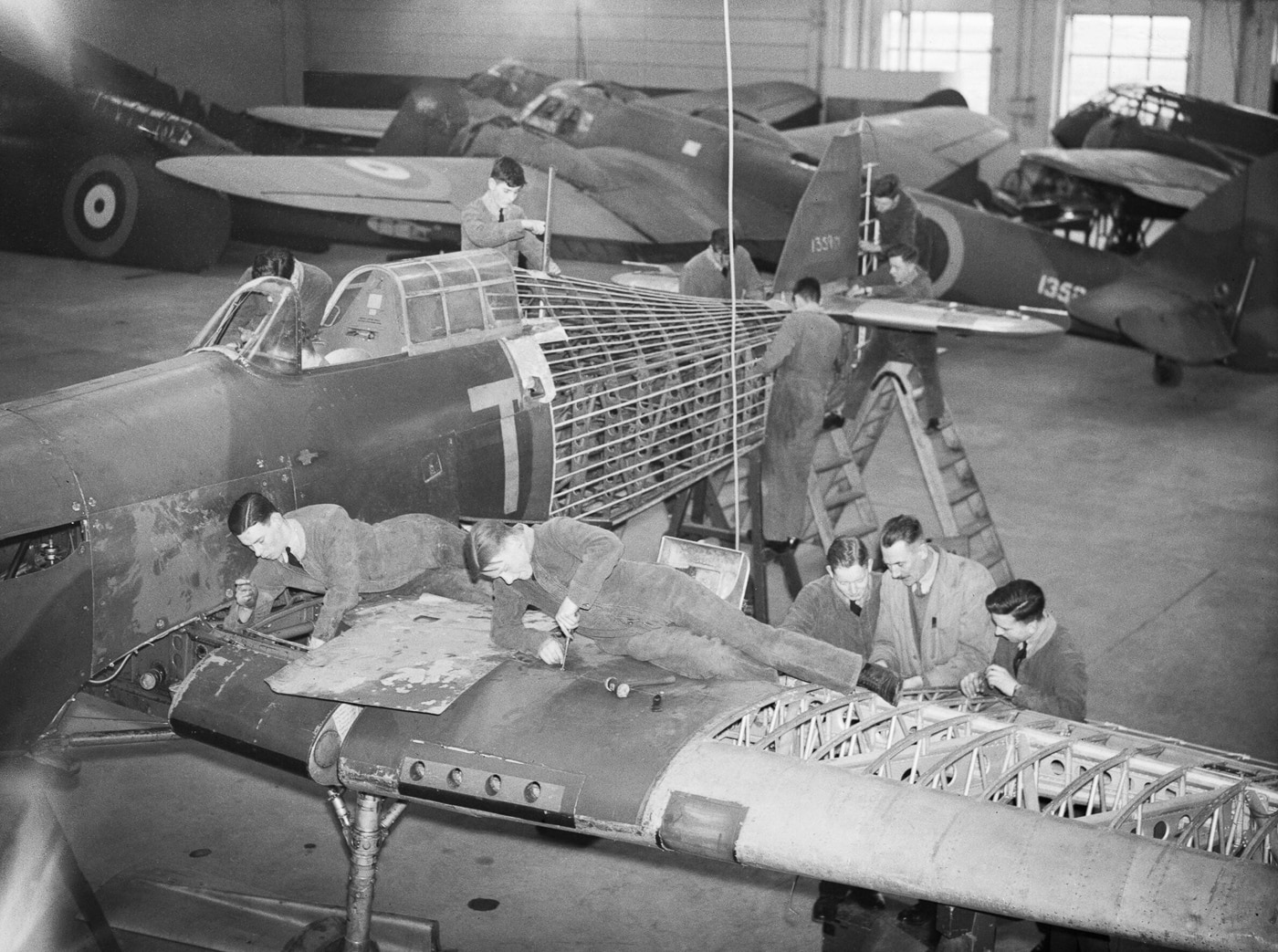
Before robotics hit the assembly line, men and women built war machines like this Hurricane by hand. Easy production meant more planes in the sky defending Britain. Image courtesy of author.
Both Germans and British alike called the Do 17 the Flying Pencil.
That fact, however, did not make them invulnerable.
When the range closed to 300 yards Mould pressed the firing tit on his control stick.
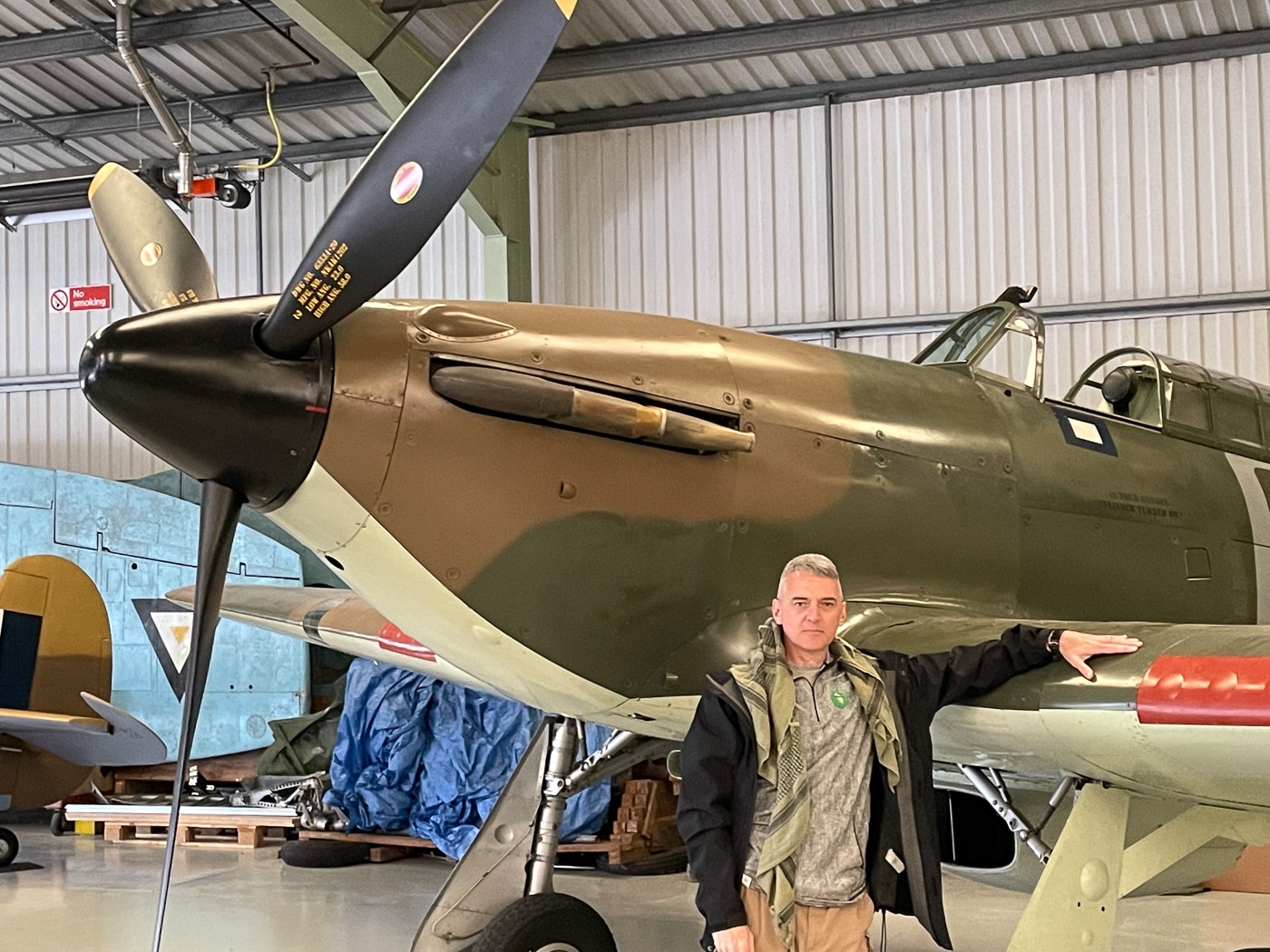
Vintage warplanes like this Hawker Hurricane are awesome up close. The author was particularly struck by the simplicity of the machine when examining it firsthand.
His eight open-bolt .303 Brownings roared at a cumulative rate of 170 rounds per second.
The stricken Dornier gradually rolled over trailing smoke.
Boy Mould followed it down and watched the plane impact the French countryside.
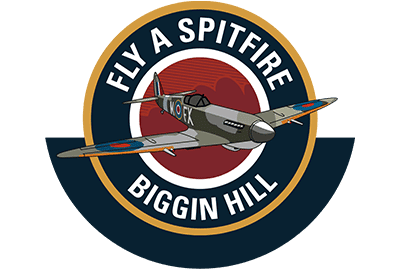
The Machine
The Hawker Hurricane was designed by aviation visionary Sir Sydney Camm.
It first flew in November of 1935.
Where the Spitfire was sleek and elegant, the Hurricane seemed blocky and awkward.
The Hurricane represented the transitional form in the evolution from biplanes to monoplanes.
While early wings were similarly crafted, later versions were all metal.
The Hurricane really was a magnificent design.
It only took maintenance crews three hours to exchange the wings on the plane.
Hurricanes saw service everywhere the RAF fought.
In 1944 the Hurricane production line was rolled over to the planes successor, the Hawker Typhoon.
Sixteen Hurricanes remain in flyable condition today.
While on leave in January of 1940 he married Phyllis Hawkings, a girl from his hometown.
This engagement represented the combat debut of the spunky Italian Macchi fighter.
After a roiling gunfight the British formation broke up and headed back to base.
The only casualty was Squadron Leader Mould.
His body was never recovered.
The British ace who downed the first Luftwaffe aircraft of the war perished anonymously.
At the time he was 24 years old, one of 57,205 RAF aircrew lost during the war.
For decades we took these old planes for granted.
Nowadays, they are treated with the reverence and respect they deserve.
Go to forum thread




